The Great Wall Of Vietnam In Son Doong Cave
In April 2009, after about 5 days of exploration and mapping of Son Doong Cave, the expedition encountered a large wall of flowstone blocking the way. The British Vietnam Caving Expedition team were forced to turn around. Details and photographs taken inside the cave along with every measurement were released by the expedition. At that moment, no one knew what was behind the high flowstone wall, though a glimpse of daylight could be seen. The expedition team decided to name the formation "The great wall of Vietnam".
The great wall of Vietnam in Hang Son Doong Cave.
How they conquer the Great Wall of Vietnam
In March 2010, the expedition, with their specialised equipment, was ready to climb "The great wall of Vietnam'' - the high calcite wall in Son Doong Cave. They were accompanied by a film crew from National Geographic TV, who wanted to film the world’s largest cave and also to witness the moment that a human conquered the wall. The top of the wall cannot be seen from the bottom, so the team had no idea of how high they would have to climb. At the wall, it took the expedition group 2 days to climb the wall, using drills, anchors and specialised climbing techniques. Cavers Gareth Sewell (Sweeny) and Howard Clarke (Clarkey) were the first two to climb the wall and the first to set foot in the passage at the top of the great wall of Vietnam Son Doong. This wall of calcite flowstone has a height of about 90 m. The climbing route is vertical for the first 25m and then less steep to the very top. Guests do not climb the wall by this original route. On reaching the top, the cavers saw light in the distance, and expected it to be the exit of Son Doong Cave. The expedition surveyed from the wall of Vietnam to the cave exit which was about 500m. After the expedition, National Geographic TV together with members of the expedition led by Mr. Howard Limbert identified Hang Son Doong as the largest natural limestone cave in the world with a volume of 38.5 million m3, 5 times larger than Deer Cave in Gunung Mulu National Park, Sarawak.
Conquer the vertical giant wall.
“The Great Wall Of Vietnam” An Intriguing Challenge For Son Doong Participants
When tours were established in 2013, the Son Doong Expedition caught the attention of many tourists both domestic and worldwide. In 2017, Quang Binh Province allowed the setting up of an 18m high stainless steel ladder at the lowest point of the Vietnamese wall, including many safety ropes on the next 65m of the wall. Now visitors can exit Son Doong Cave by climbing up the calcite wall located at the end of Son Doong Cave without having to return by the original path. Most guests have never used technical caving equipment such as harnesses, karabiners and other safety devices, so climbing the Son Doong Great Wall with the height of 90m is a challenge for many. There are people who are afraid of heights, but with the help of the safety assistants, everyone can safely pass the great wall. After climbing over the wall, many visitors consider this a very challenging activity. It requires courage; people have to overcome their own fear and get out of their comfort zone. After the wall, light from the exit is visible from 500m away. From the exit, the customer has a further steep descent with ropes, a sharp rocky section and a final easy forest path to reach Ho Chi Minh road.
Climbing the great wall of Vietnam with the help of the technical caving equipment.
Passchendaele passage
Often there is a lake below the Great Wall Of Vietnam, with a length of about 500m. When the BVCE team explored this area, there was no lake, only a muddy trench. With their knowledge about the battle of Passchendaele in World War I, which was often described as ‘trench warfare’, the cavers decided to use the name Passchendaele to name this long, deep muddy passage. However, since the original exploration there are often occasions when after rainfall, this passage fills up and creates a 500m clear green lake. During the months when the lake is full of water, guests will use rafts and boats to move along the lake, over the top of Passchendaele passage.
Passchendaele passage.
The Oxalis Experience.
Whether you prefer long treks, camping in a cave, sleeping under the stars in the jungle, swimming underground in river caves, explore the huge dry caves or just taking an exploratory day trip, Oxalis Adventure Tours can provide the right amount of adventure just for you.



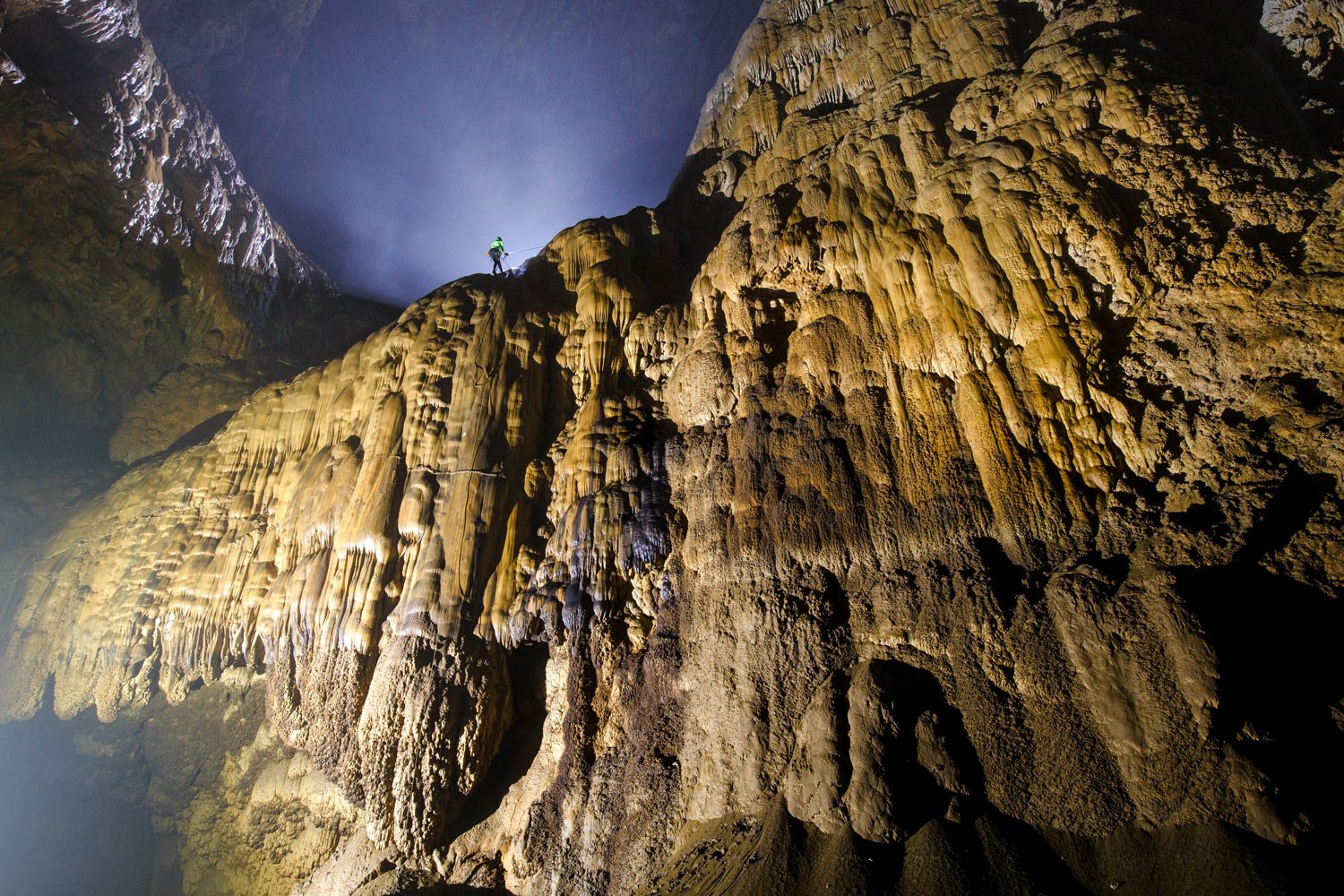
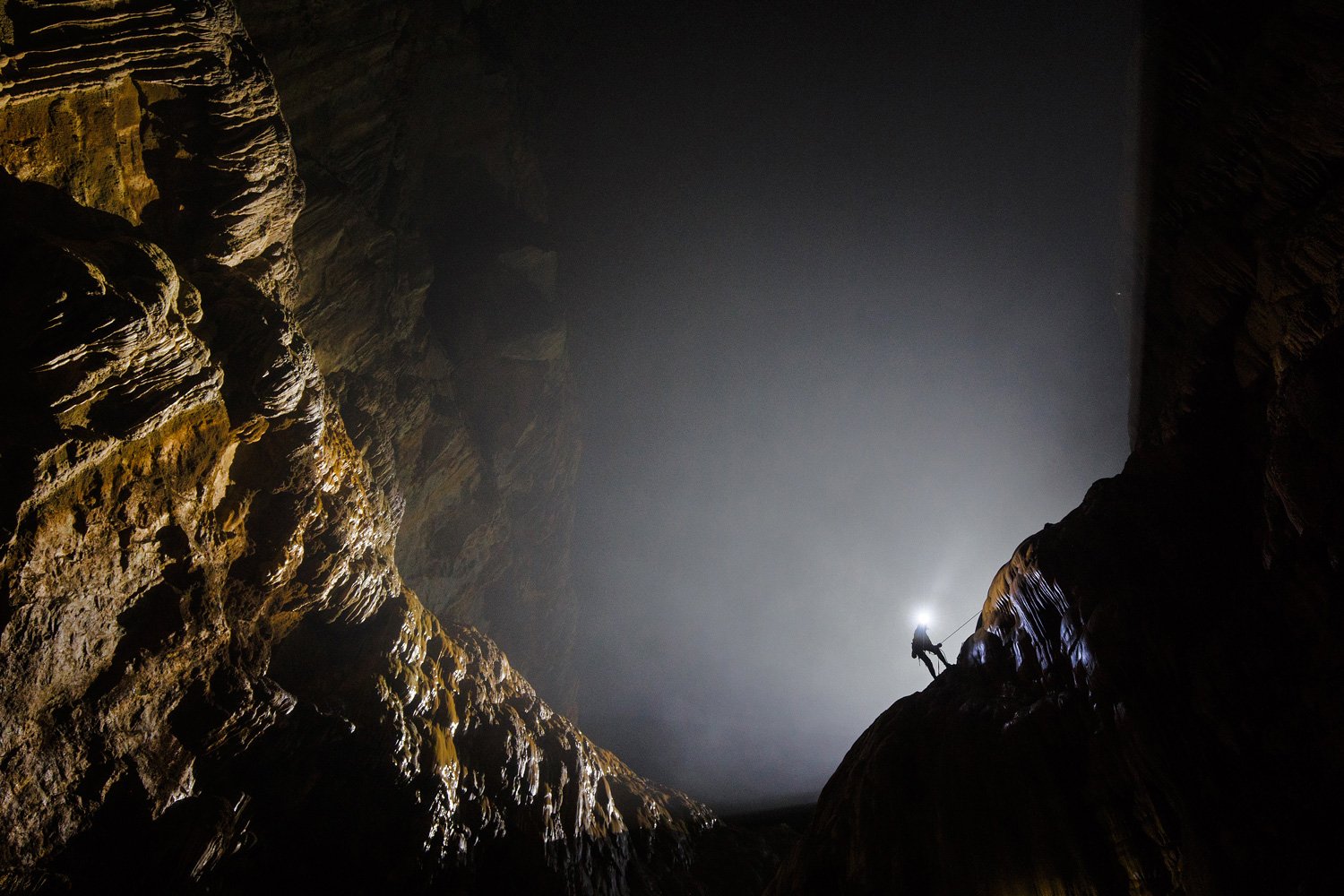
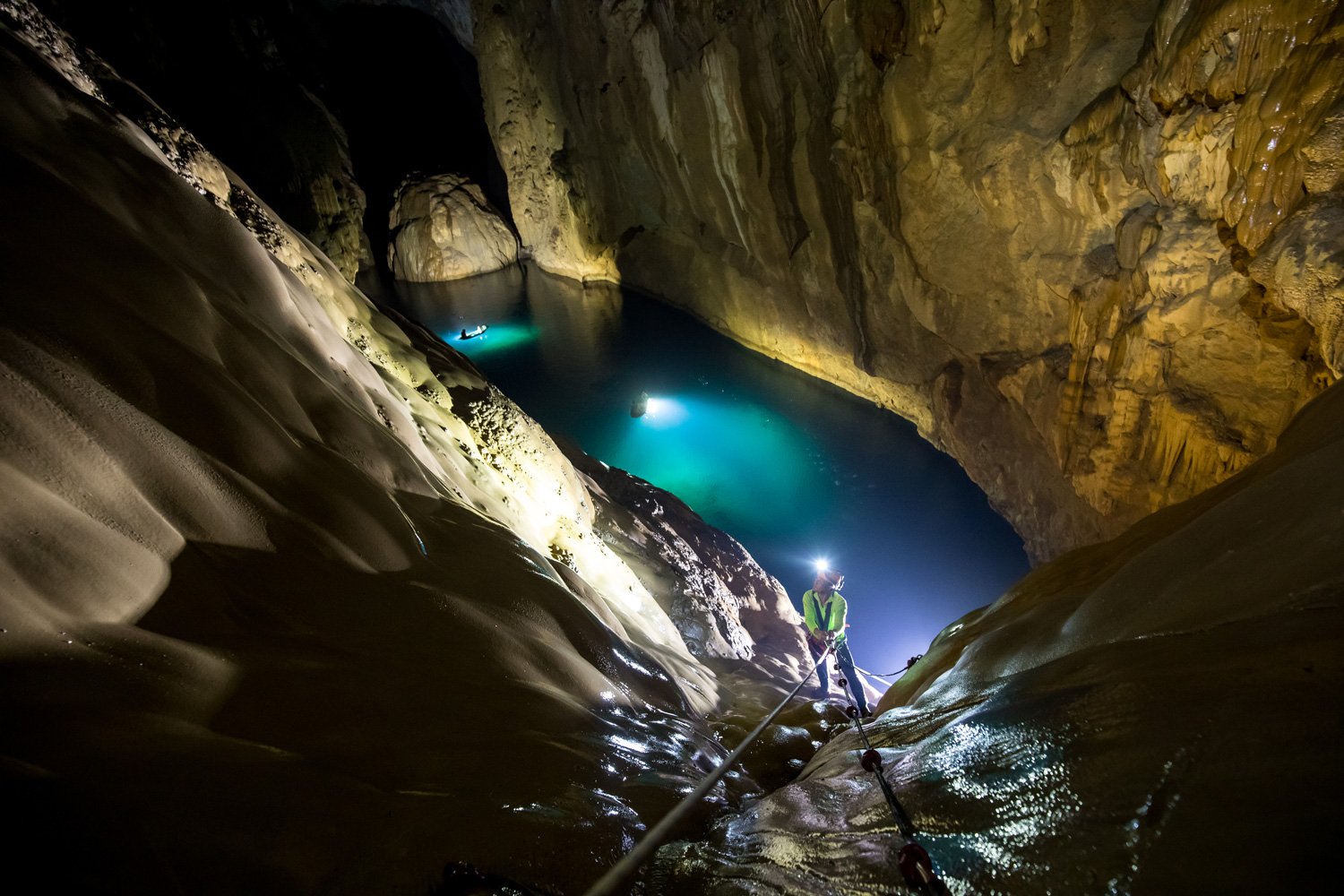
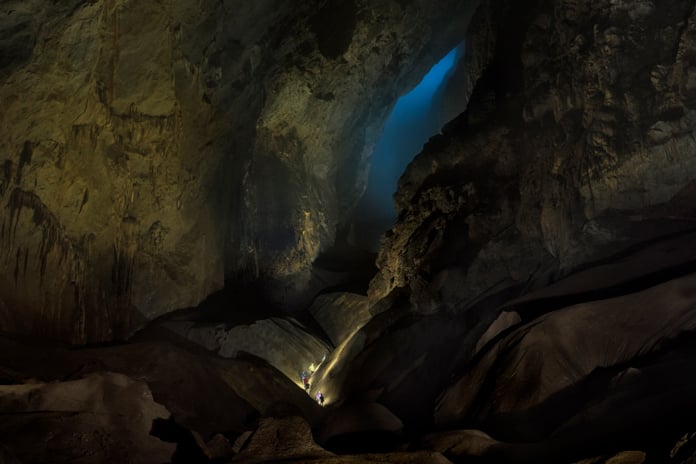
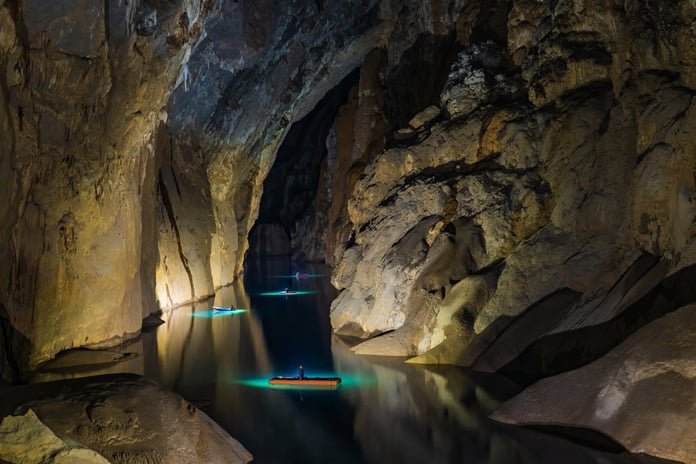
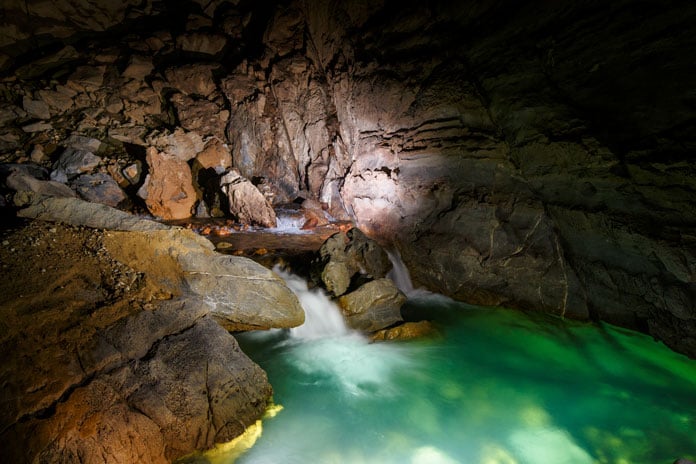
__637740499994967442.jpg)
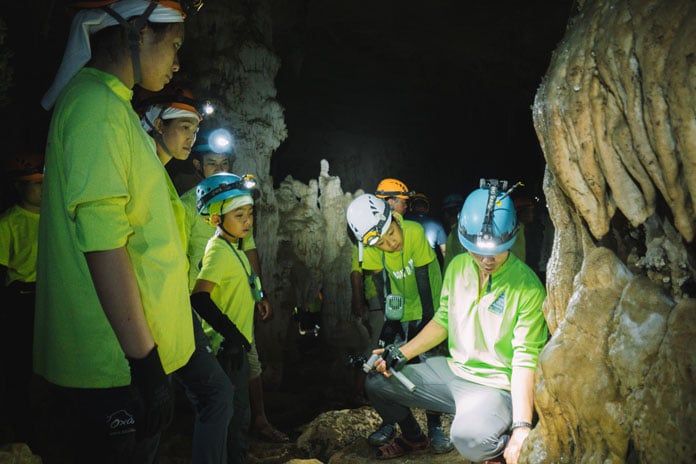
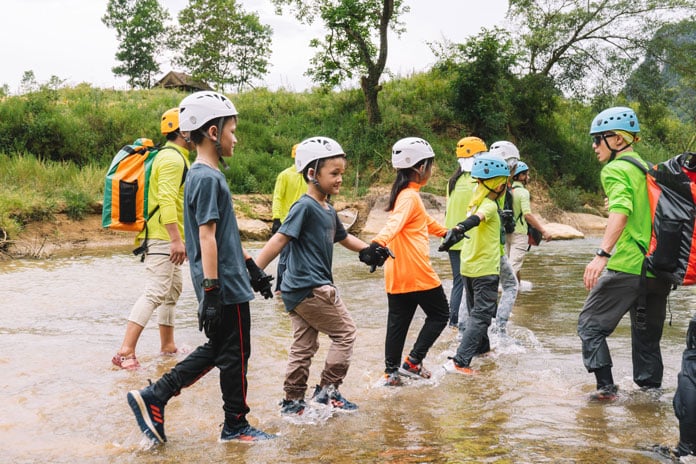
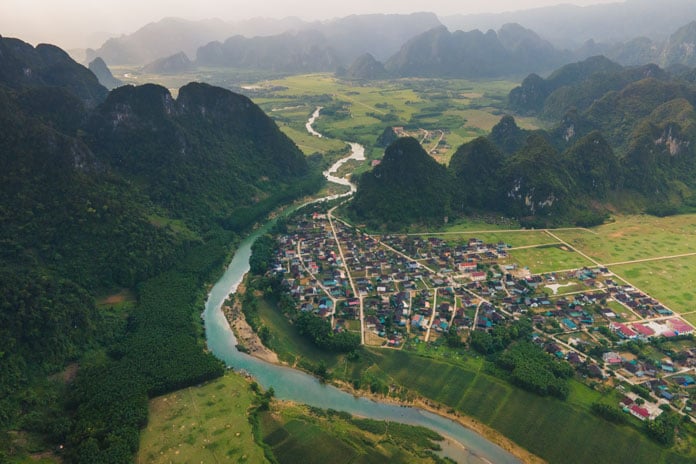
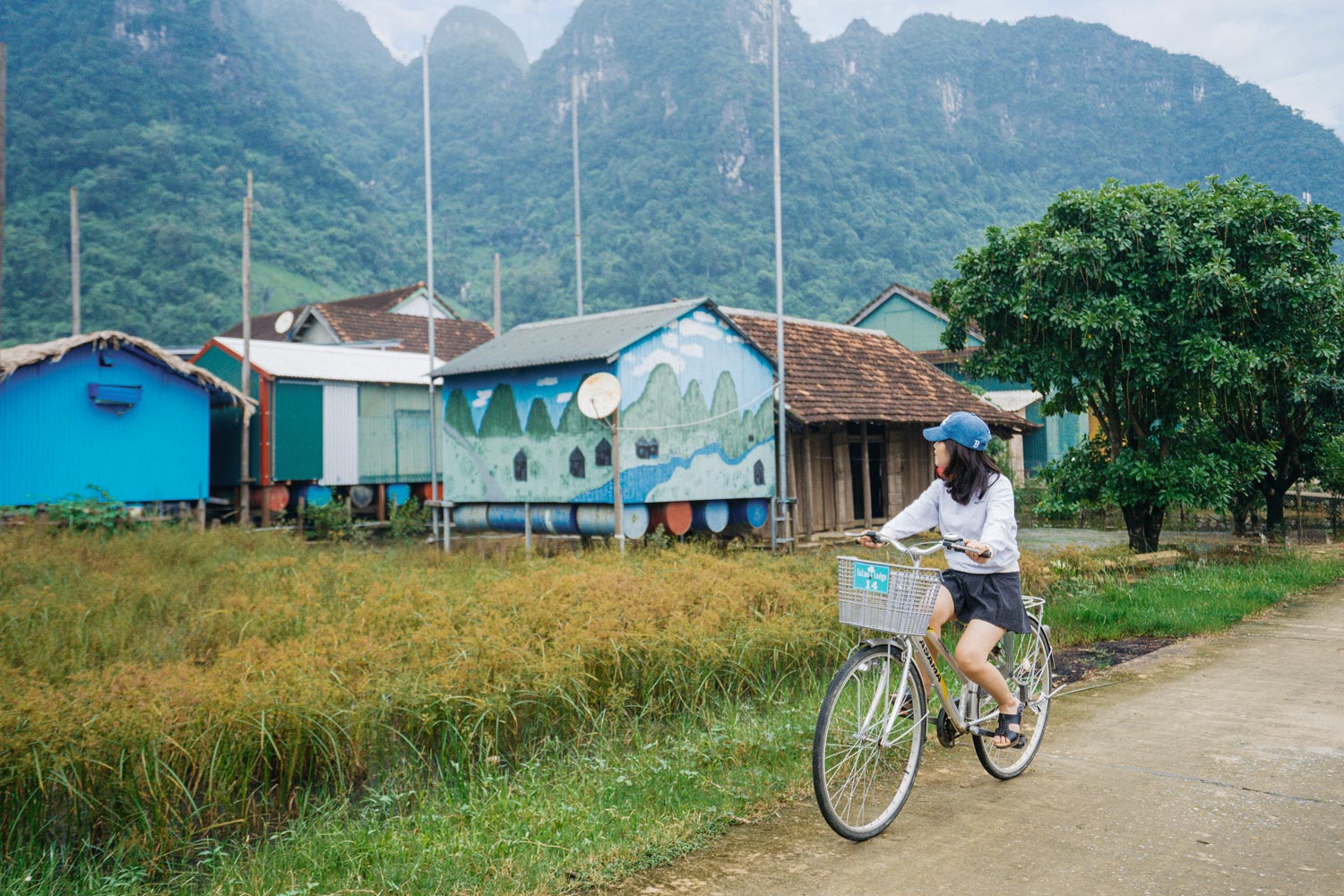
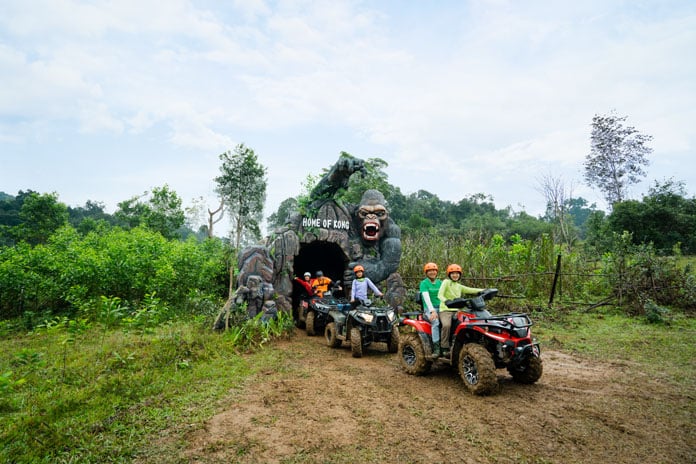
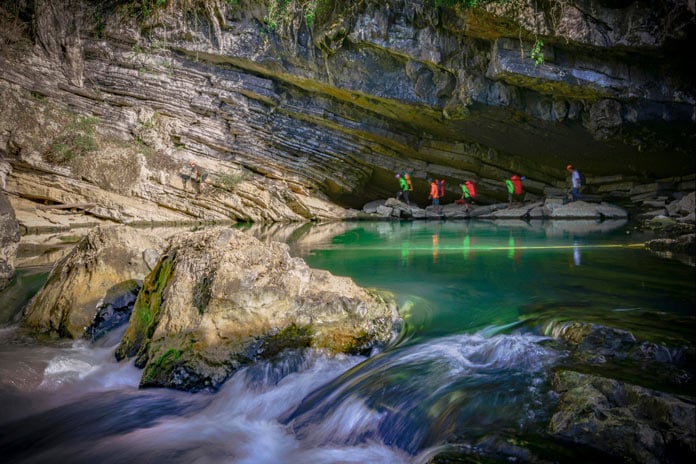
__637051767008903435.jpg)
__637051765075307793.jpg)
__637051774329206026.jpg)
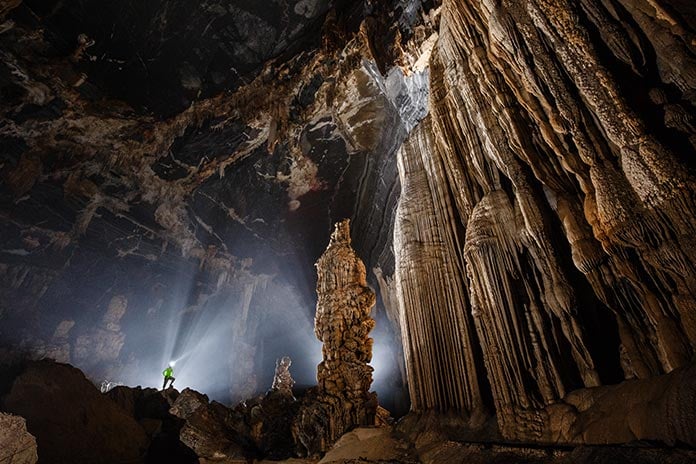
__637051782550081035.jpg)
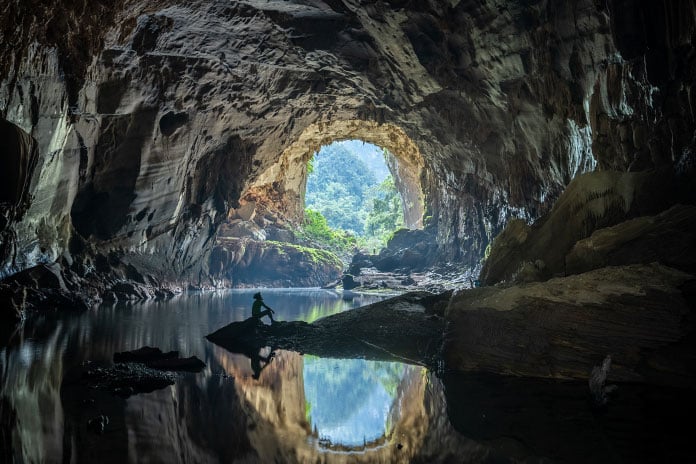
__637051777074859032.jpg)
__637051780703588520.jpg)
__637051781488596056.jpg)